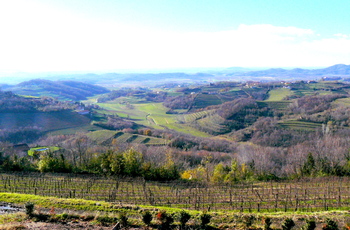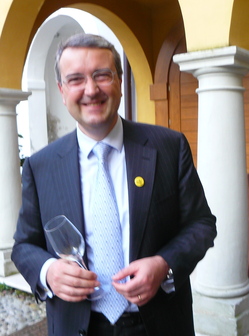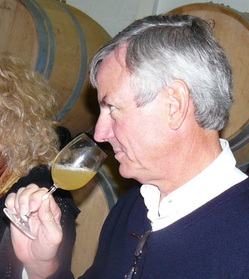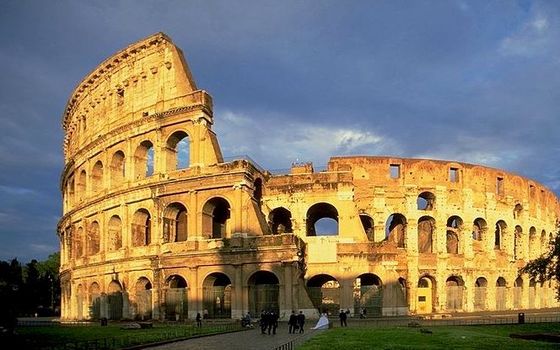
ROME--If you don't want to eat the crappy food that tourists are fed in every big city, you've got to have a battle plan. You can scour foodie magazines, you can spend hours online, or you can find a local friend. Probably easier said than done if it's a foreign country, which is why the first stop for many is TripAdvisor or one of its imitators.
It's not foolproof, and ya gotta understand the rules. But as a rule, the first dozen or so restaurants on TripAdvisor will be tourist joints. Don't believe me, look up your own home town. Seattle's top-rated "restaurants" are Beecher's (a retail cheese shop), Pike Place Chowder, Paseo Caribbean, Poppy, Toulouse Petit, Le Panier, Crumpet Shop, Salumi, Skillet Diner, Space Needle. In other words, places close to the heart of Seattle's top tourist attractions (the Market, Pioneer Square, Seattle Center, Kerry Park, Capitol Hill).
And even when you spot a TripAdvisor review that seems to point you in the right direction, you might still find yourself seated at a lousy table, ignored by the waitstaff, or handed a "tourist" menu. We ran into this in Venice last year; where we had a great time with the colorful owner of Mascareta, but the online reviews were decidedly mixed.
So if you don't have a friend in Rome, here are a couple of places that you should try. One is "Roman," in the sense that it's the food of the Lazio region; the other is "fish." They don't have fancy web sites, ritzy-glitzy decor, valet parking or waiters in tuxedos. In other words, they are probably not places to go on a first date.
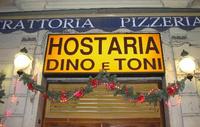 Dino & Tony's gets a fair amount of walk-in trade, since it's just two blocks from the Vatican Museum metro stop, not far from the tony Prati neighborhood. But its principal traffic has always come from "in-the-know" locals who say it's home to "the best spaghetti all'amatriciana" (pig's cheek) in Rome.
Dino & Tony's gets a fair amount of walk-in trade, since it's just two blocks from the Vatican Museum metro stop, not far from the tony Prati neighborhood. But its principal traffic has always come from "in-the-know" locals who say it's home to "the best spaghetti all'amatriciana" (pig's cheek) in Rome. The thing about Italian food, we should remind you, is that it's not fussy. There's a time and a place for tablecloths and fancy china, but it's not what you'll find at Dino & Tony's. The lighting comes from fluorescent bulbs; the paint job is a hallucinatory shade of green. Tony once cooked at the White House; an apron autographed by George H.W. Bush hangs on the wall as proof. The servers bustle: prosciutto crudo, salami, two kinds of pizzas, a plate of chicory in pastry, croquettes, carciofi alla giudia (deep-fried artichokes). The carbonara is served with rigatoni; the pasta alla gricia is "dry," no sauce except the pig's cheek.
 . The most "Roman" item on the menu is a salad of crunchy chicory shoots called puntarelle. It's a pain to prepare the greens properly at home, so they're sold ready-to-eat in local markets, but kept in water until they're ordered and the tangy garlic & anchovy dressing is added. Making one's own killer dressing for puntarelle is a point of pride for Roman cooks.
. The most "Roman" item on the menu is a salad of crunchy chicory shoots called puntarelle. It's a pain to prepare the greens properly at home, so they're sold ready-to-eat in local markets, but kept in water until they're ordered and the tangy garlic & anchovy dressing is added. Making one's own killer dressing for puntarelle is a point of pride for Roman cooks. A portion of herb-infused suckling pig was one of the main courses, the other was another typically Roman dish, trippa alla Romana, marvelously tender honeycomb tripe in tomato sauce. Your wine, a liter of unremarkable red, is included, as is a post-prandial limoncello.
The Osteria der Belli stands out for its high quality seafood in a gentrified neighborhood, Trastevere, known for its banal tourist fare. Not everyone gets it. The standard meal begins with a flurry of appetizers, brought to the table half a dozen at a time: three types of shrimp (sgambetti rossi, scampi, gamberetti), anchovies, squid, octopus, mussels, sardines, three or four kinds of bread, an excellent bottle of Vermentino di Gallura. You could make a meal of them, but save room, even if you skip the pasta, (they brought me an artichoke alla Romana instead); there's a whole branzino yet to come.
Finally, a shot of Mirto, a grappa distilled not from the blueberry fruit, as you might think, but its bark. From Sardinia, just like the four Piras brothers who run the place.
Pricing. Yes, you can eat for less money all over Rome. A lot more money, too. But the fixed-price, whole-meal-deal at both of the restaurants mentioned here (virtually unlimited appetizers, two or three pastas, two or three main courses, dessert, wine, coffee & digestivo) is no more than $50. You can get away for less by ordering à la carte, but why would you want to do that when you've come this far to eat like a true Roman?
Dino & Tony, Via Leone IV 60, 00192 Rome, Tel 06 397 332 84
Osteria der Belli, Piazza S. Apollonia, Trastevere, 00153 Rome, Tel 06 580 2781
Colosseum photo by Andreas Tille, Wikipedia
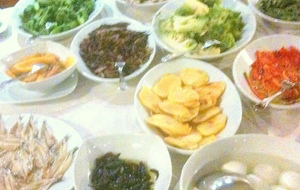
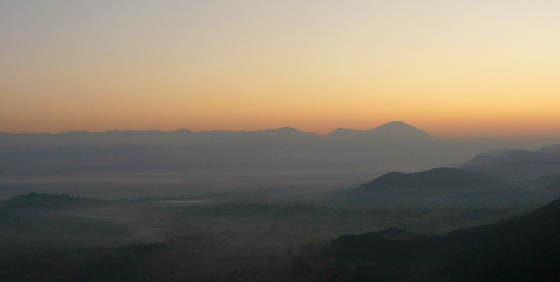
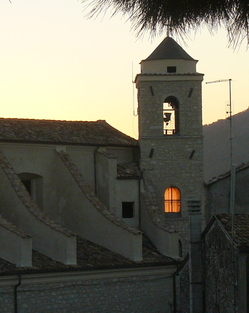
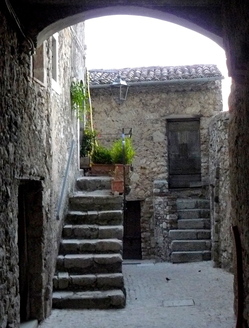
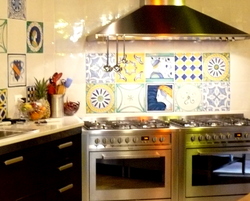
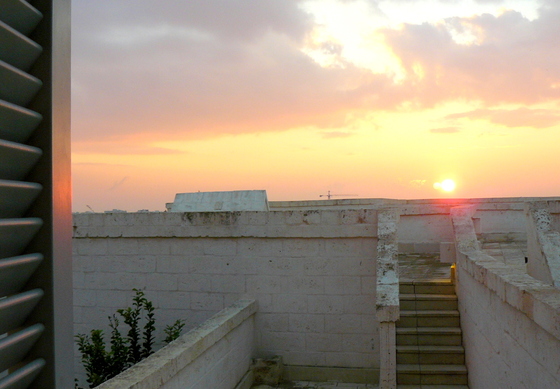
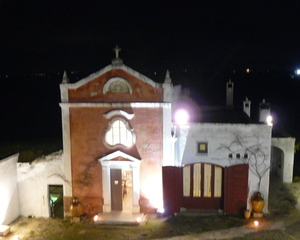
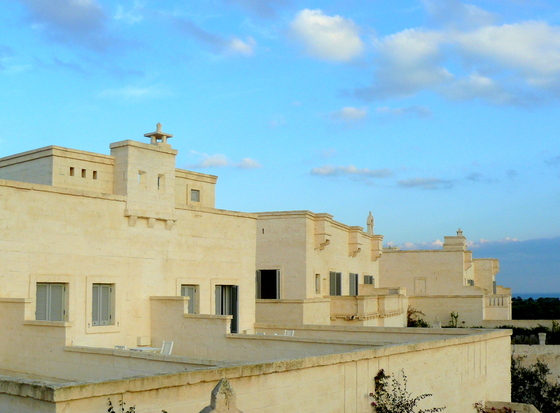

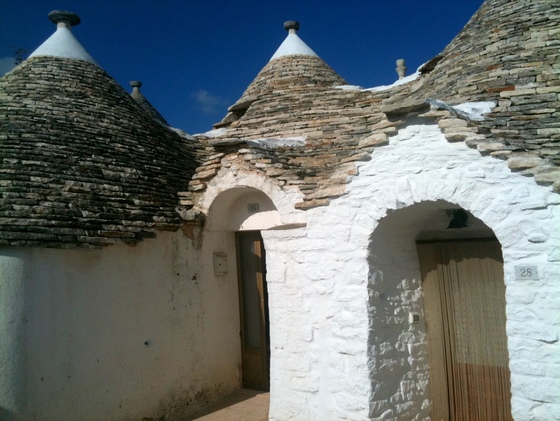
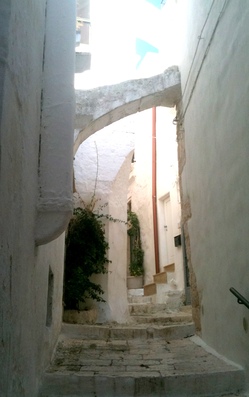
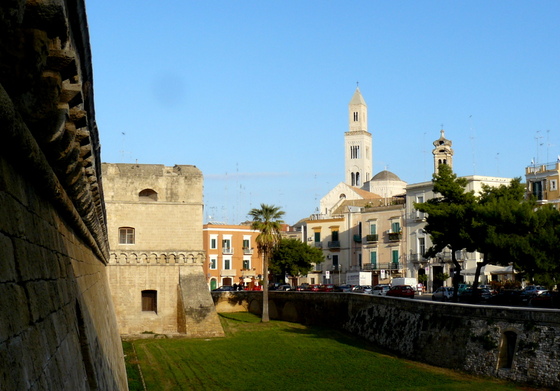
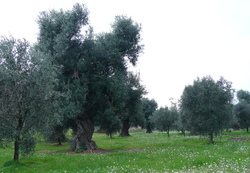
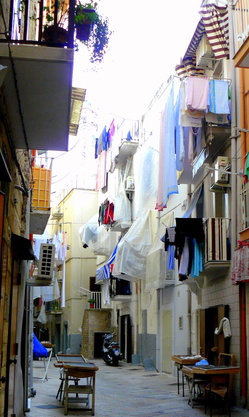
 FRIULI, Italy--It hasn't been tried before, an international summit like this on the opportunities and challenges facing the country's
FRIULI, Italy--It hasn't been tried before, an international summit like this on the opportunities and challenges facing the country's 